#morels
Text
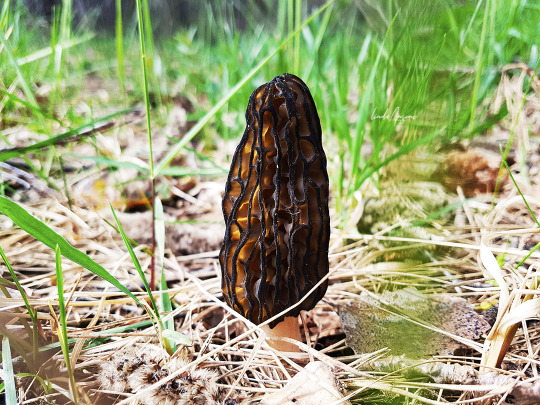

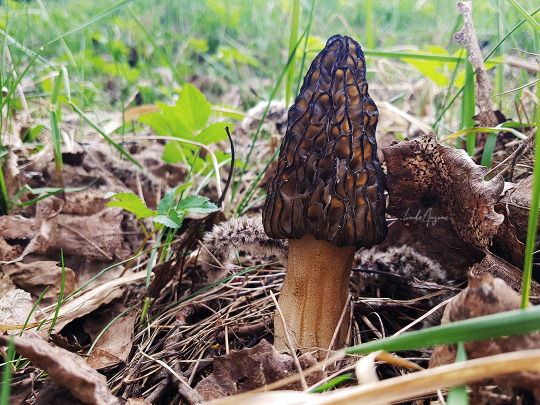

Morchella conica
Morels have been a Holy Grail of mushrooms for me. They're pretty common, yet I could never spot one. I'm always in the wrong place or time for them. But my luck changed for the better this Spring (April 12, 2024)
#morchella conica#morels#morel mushrooms#edible mushrooms#mycology#mushrooms#fungi#mushroom photography#nature photography#original photography#i went all across the city to look for morels in a park with no luck#but then I found these guys the next day in my town XD
215 notes
·
View notes
Text
I am all for creative sushi, but not when the creator doesn't fully understand the ingredients. A sushi restaurant in Montana served people sushi with raw and very undercooked morel (Morchella spp.) mushrooms on it. Over fifty people ended up sick with gastrointestinal upset, and two people actually died. Other restaurants that served the same batch of morels, fully cooked, had no such issues, and there was no evidence that there was any mishandling of the morels that could have caused a bacterial or other contamination. So it's pretty clear that the raw morels themselves were to blame.
Yes, there are a few wild mushroom species you can eat raw, and only in small amounts). No, Morchella are not among them. Morels have a toxin in them that's neutralized by cooking; Paul Stamets theorized that it's hydrazine, but no one has been able to isolate hydrazine in a morel yet so that's not a done deal. Whatever it is, there's enough of it that it tends to give people nasty gastrointestinal upset when they eat raw morels, even in small quantities. This is the first I've heard of people dying from it.
It's not the only time I've heard of people dying from consuming a commonly-considered-edible mushroom, though. There were two separate incidents--2004 and 2009--in which several people who ate angel wing mushrooms (Pleurocybella porrigens) died of encephalopathy. Now, it did turn out that most of the people sickened had pre-existing liver and/or kidney issues. And a 2011 study identified an unstable amino acid, now named Pleurocybellaziridine, as the possible fatal factor that was found in large quantities in angel wings. It could be that the culprits were flushes of these mushrooms with abnormally high amounts of Pleurocybellaziridine. But you can't tell how much of a given metabolite a given mushroom has just by looking at it, and so that raises enough of an alarm for me personally that as a forager I just put angel wings on the "do not eat" list.
Will I continue to eat morels? Yes. The toxicity associated with raw morels has been known for a long time, and there have been no recorded issues with thoroughly cooked morels (the angel wings were also cooked, meaning the toxin is not thermolabile.) And as mentioned before, almost any edible wild mushroom is going to give you gastrointestinal issues if you eat it raw. The mushrooms you get at the store are a weird outlier that can be safely eaten raw. And by the way, button mushrooms, criminis, and portobellos are all the same species--Agaricus bisporus--at different stages of development.
This is why I emphasize in my foraging classes that you should always cook your wild mushrooms thoroughly, and if you're trying a new species for the first time only eat a small amount and then wait a few days to make sure you don't have any reactions. As the saying goes, there are old mushroom hunters and there are bold mushroom hunters, but there are no old, bold mushroom hunters.
#mushrooms#mushroom hunting#mushroom foraging#foraging#edible mushrooms#morels#Morchella#fungi#fungus#mycology#poisonous mushrooms#nature#food#foragers#wild mushrooms#sushi#Montana#food safety
1K notes
·
View notes
Text
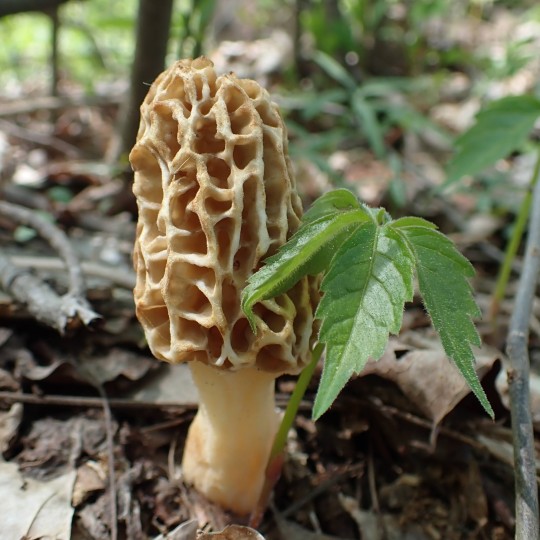
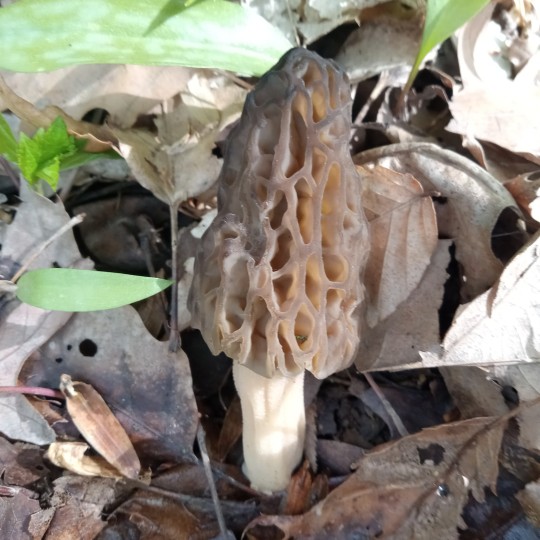
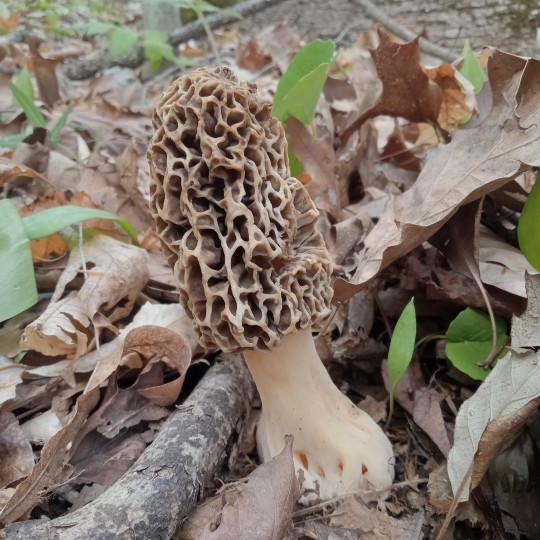
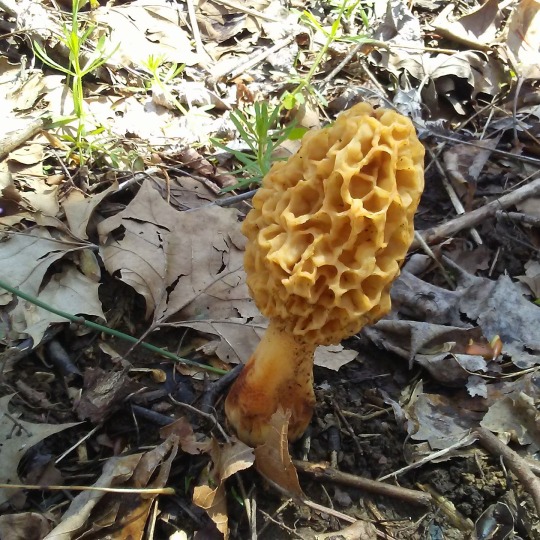
morel seller I need your finest morels
237 notes
·
View notes
Photo

Morel Mushroom
Morchella sp.
Western Washington, April 26 2023
Photo Mary Howerton
#morels#mushrooms#fungi#moss#mycology#foraging#forestcore#photography#original photography#nature#nature photography#photographers on tumblr#tumblr photographers#lensblr#aesthetic#morchella#spring
524 notes
·
View notes
Photo
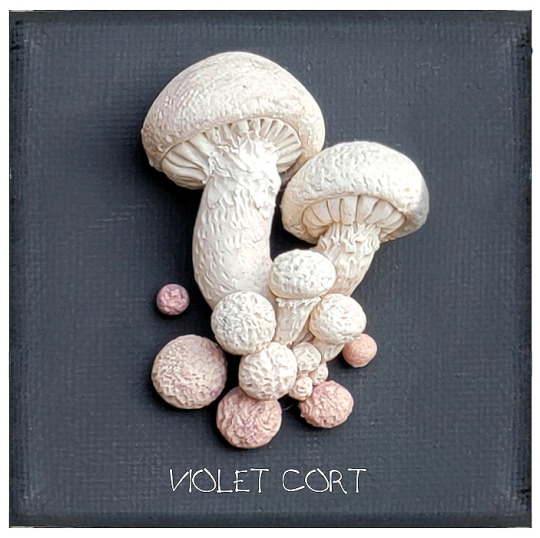

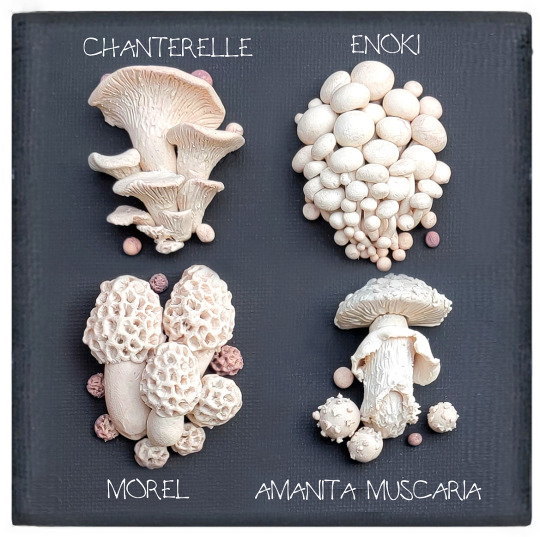
New mushroom wall art and more now in the shop. :)🍄
Perfect for those foragers who wish to stay in during this cold season and appreciate fungi from the comfort of your home.
Variations include the full 15 mushroom set on a 12″ x 12″ black canvas.
A set of 4 mushrooms of your choice on a 6” x 6” black canvas.
Or a single mushroom of your choice on a 3″ x 3″ black canvas.
Comes with the mushrooms in default white with dark auburn accenting as shown, however can easily be painted should you wish to add your own person touch, or have a loved one who enjoys painting miniatures.
Wishing you all a relaxing Sunday evening. :)
https://www.etsy.com/shop/ArcherInventive
#mushroom#fungi#wall art#handmade#ink cap#chanterelle#enoki#amanita muscaria#violet cort#wrinkled peach#green parot#rosey bonet#morel#morels#blue oyster#favolashia calocera#scarlet cup#lions mane#mycena rosella#pink oyster#mushroom season#archer inventive
1K notes
·
View notes
Photo
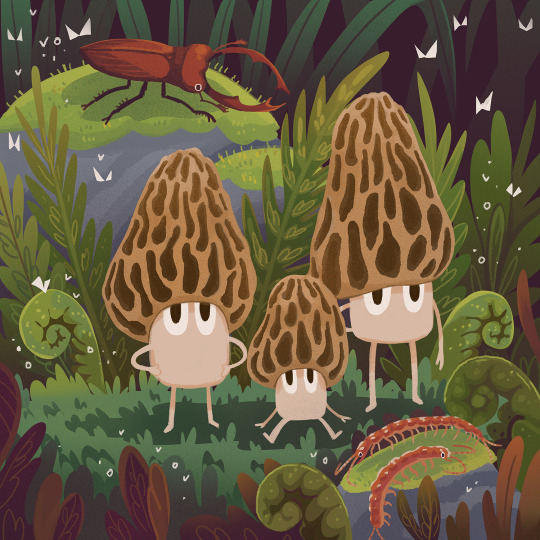
Morel folk on the forest floor with some bug friends!
My shop
#morels#morel hunting#morel mushrooms#mushroom folk#mushroom characters#fun guys#cw centipede#tw centipede#north american stag beetle
491 notes
·
View notes
Text
Spring is nearly here! A perfect time to adorn yourself with one of my magick tees! 🌱✨
66 notes
·
View notes
Text

Mountain Blond Morels (Morchella tridentina), from Spain
photograph by Patxi Pérez Zugasti
20 notes
·
View notes
Text
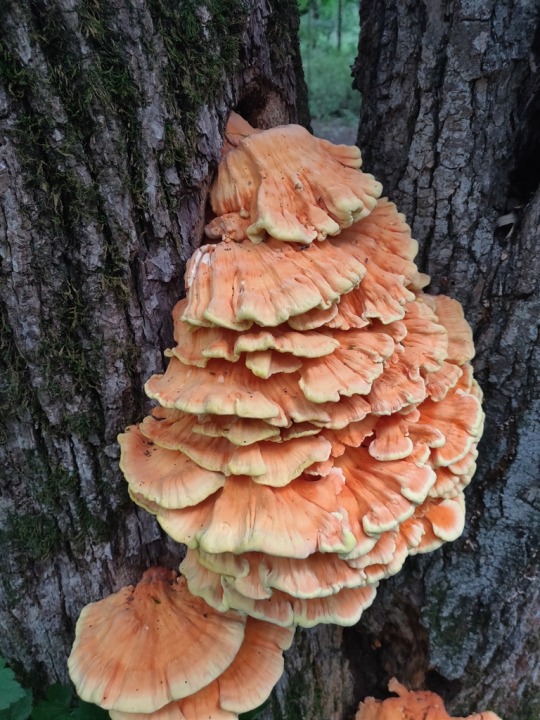


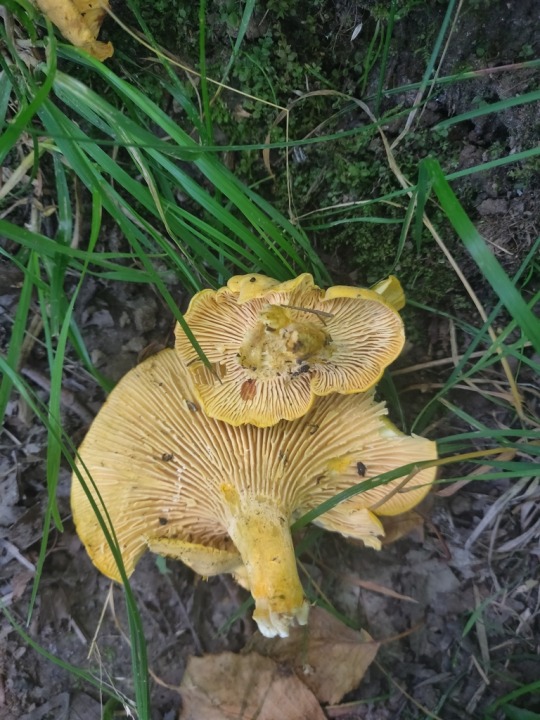
Some edible mushrooms I've found (and foraged) recently! Chicken of the woods, pheasants back, lobster, and golden chanterelles. Unfortunately no morels for me this year, and I'm still looking for oysters
Disclaimer: please do not eat random mushrooms if you are not 100% certain about the identification
#edible mushrooms#wild edibles#foraging#foraged food#forager#mushroom#mushrooms#chicken of the woods#chanterelle#oyster mushrooms#lobster mushroom#pheasants back#morel#morels#fungi#fungus#ecology#nature#naturalist#environmental education#nature photography#north america#midwest#forest#united states#mine#photography#biology#mycology
120 notes
·
View notes
Photo

Ok, I totally revised the morel potion. I also revised the amanita potion but I’ll post it later. Much happier with how this turned out.
154 notes
·
View notes
Text
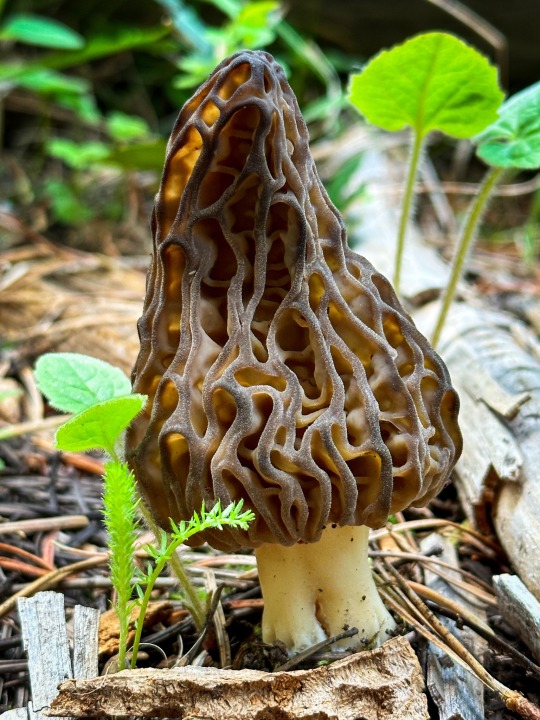
It’s that time of year again 🍄
#morel#morels#morel mushroom#edible mushrooms#foraging#mushroom#mushrooms#wild food#photography#macro photography
91 notes
·
View notes
Text
How to Identify Morels
Originally posted at my website at https://rebeccalexa.com/how-to-identify-morels/ - Click here to learn more about the How to Identify article series.
Name: True morels (Morchella spp.)
Range and typical habitat(s): Widespread throughout temperate North America, Europe, New Zealand and Australia; less commonly reported in South America, Asia, and coastal Africa. Morels are commonly found in wooded areas, and many species grow primarily on soil; these may have symbiotic (though not necessarily mycorrhizal) relationships with trees and other plants. Other morels, such as M. importuna, are saprotrophs that happily colonize dead wood, to include mulch used in landscaping. At least one, the white morel M. rufobrunnea, may be capable of both lifestyles. Morels are exceptionally difficult to cultivate, and no large-scale cultivation method has been developed as of this writing.
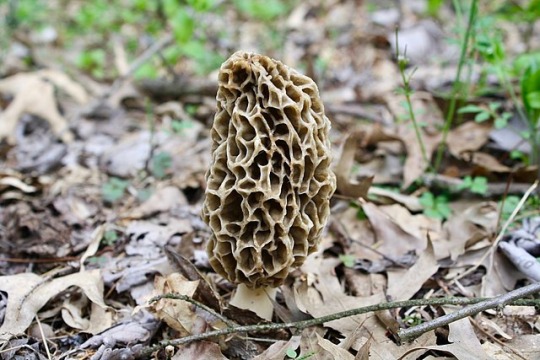
M. americana
Both deciduous and conifer forests may be homes to morels; yellow morels tend toward deciduous, while conifer forests are more likely to feature black morels. A wide variety of tree genera may be associated with morels include but are not limited to Pseudotsuga, Pinus, Abies, Quercus, Fraxinus, Alnus, and Castanea.
However, the half-free morels–M. punctipes (seen below), M. populiphila, and M. semilibera–may have a small space between the bottom edge of the cap and the stipe. The cap has a honeycombed appearance, with surfaces deeply pockmarked with cavities surrounded by brittle ridges that crumble into fragments when crushed. Colors vary, and morel species are often grouped together by cap color; black morels have a dark brown to black cap, while yellow and white morels are more tan to cream.

M. punctipes, cut in half to show hollow centers, and only the upper portion of the caps attached to the stipes. Photo by Chase G. Mayers, CCA-4.0
The stipe may be lightly textured, and is usually lighter in color than the cap, often white, cream, or pale yellow depending on species. Cutting a morel’s stipe open reveals that it is entirely hollow inside. A mature morel is generally around three to six inches high, though larger specimens have been found.

M. americana with the top removed, showing the hollow interior.
The stipe may be lightly textured, and is usually lighter in color than the cap, often white, cream, or pale yellow depending on species. Cutting a morel’s stipe open reveals that it is entirely hollow inside. A mature morel is generally around three to six inches high, though larger specimens have been found.
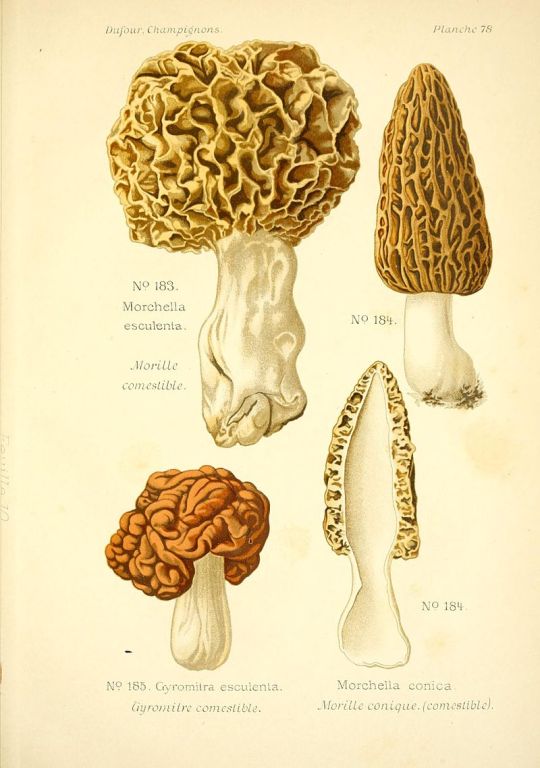
A vintage illustration shows three morels, to include one cut in half to display the hollow center; the mushroom in the lower left is a false morel (Gyromitra esculenta).
Other organisms it could be confused with and how to tell the difference: There are multiple groups of mushrooms that look similar enough to morels to cause confusion; given morels are a popular edible mushroom, consumption of some of these lookalikes has caused serious illness on numerous occasions.

V. bohemica; note that the bottom edge of the cap is not attached to the stipe, and that it has more of a wrinkled appearance than honeycombed. By NeoSporen, CCA-SA-3.0.
Members of the genus Verpa look similar to half-free morels in that the bottom edge of the cap is not attached to the stipe. However, when cut in half the half-free morels have more of the upper portion of the cap attached to the stipe; Verpas only have the very tip attached. Outwardly they do look quite similar to morels overall, often having a conical cap with a honeycombed texture; some may have less distinct cavities and a more “lumpy” appearance rather than honeycombed. The cap of the Verpa is generally smaller in proportion to the stipe than on mature morels. The stipes of young Verpas are full of soft, fluffy hyphae, but they become hollow like morels as they mature.
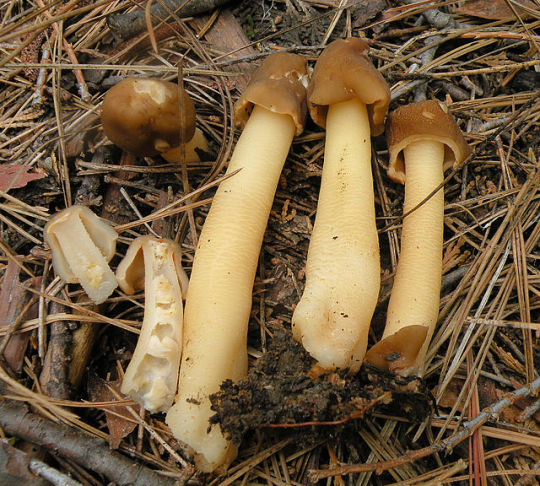
V. conica, showing one cut in half. Note that the cap is only attached to the stipe at the very top, and there is still some fungal hyphae tissue in the center of the stipe. Photo by Jeff Riedenauer (Tamsenite), CCA-SA-3.0.
Like morels, they are considered by some to be edible when thoroughly cooked. However, one study purports that V. bohemica is also toxic, having the same sort of toxins as the false morels I’ll discuss below. Some field guides recommend avoiding the other Verpa species as well due to potential inedibility. Both Verpas and morels fruit in spring, and may sometimes be found in the same area. As someone who would like to become an old, rather than bold, mushroom hunter, I recommend skipping the Verpas and sticking to the true morels, just in case.
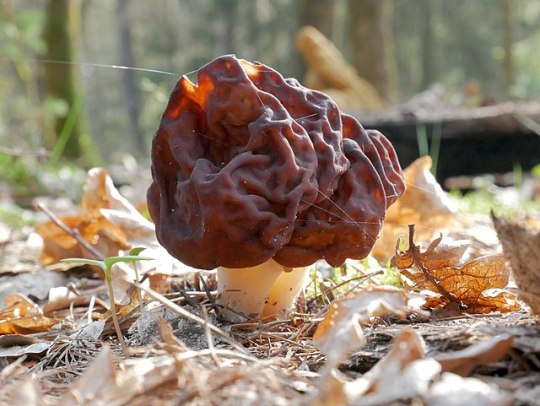
A false morel (Gyromitra spp.); notice that instead of looking like a cone made of honeycomb, it resembles a raisin or a brain on a stalk.
False morels, in the genus Gyromitra, are a more notorious morel lookalike. Several species contain significant levels of gyromitrin, a compound that when boiled or consumed hydrolizes into monomethylhydrazine, a chemical used in making rocket fuel. Consumption may cause gastrointestinal distress, neurological symptoms, kidney and liver failure, coma, and failure of the respiratory and circulatory systems. The most severe cases result in death within a week after consuming false morels. Some species have more gyromitrin than others, and it’s likely that the compound can build up over time in people who eat false morels on a regular basis. While there are purported methods used to reduce or remove gyromitrin from false morels, as a foraging instructor I do not recommend consuming any Gyromitra false morels due to the risk of severe illness.

G. californica. Note that the stipe is not completely hollow inside, but has several cavities divided by fungal tissue. Photo by Alan Rockefeller, CCA-SA-4.0.
So how do you tell the difference? Where true morels look like honeycombed cones, false morels look like brains, oversized raisins, or piles of worms. If you cut a true morel open the stipe will be completely hollow, but the interior of a false morel may have multiple smaller chambers or be completely solid. It is exceptionally important to make sure you get a sure identification on whatever species you are picking, as true and false morels fruit in spring, and sometimes in the same areas.

M. angusticeps
Anything else worth mentioning? Morels are definitely one of those mushrooms you want to cook thoroughly before eating, as raw or undercooked morels can cause gastrointestinal distress. Also, if you hang around mushroom foragers long enough, you’ll hear all sorts of advice–some of it conflicting–about when and where to find morels. It’s true that they fruit in spring, starting in lower elevations where it warms up sooner, and then higher elevations as spring temperatures continue to rise. South-facing slopes that warm up faster with sunlight may also see earlier fruiting. And, of course, places that burned or were logged in the last year or two may see a bumper crop of morels the following spring. Many patches of morel mycelium only last a few years, so the place you found morels one year may not fruit the next.
Beyond that, it’s best to study up on the species of morel that grow in your area. Find out what sorts of habitats they like, if they’re associated with any particular trees, whether they are responsive to burns and other disturbances, and whether there are any toxic look-alikes that grow nearby.
Further reading:
The Great Morel
Mushroom Expert: Morchellaceae
Tom Volk’s Morel Page
Mushroom Appreciation: Morel Mushroom
Did you enjoy this post? Consider taking one of my online foraging and natural history classes, checking out my other articles, or picking up a paperback or ebook I’ve written! You can even buy me a coffee here!
#morels#mushrooms#fungi#fungus#mushroom hunting#mushroom foraging#foraging#wild foods#wild mushrooms#mycology#biology#nature#outdoors#forest#poisonous mushrooms#edible mushrooms
173 notes
·
View notes
Text
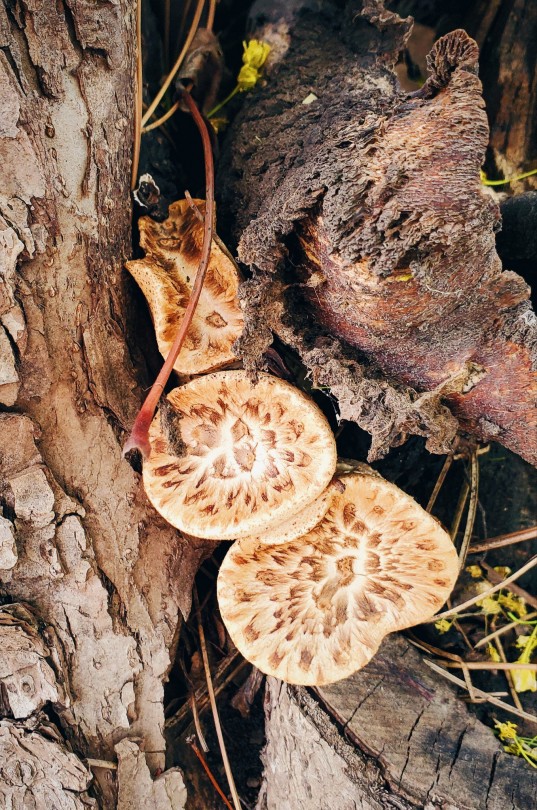
Spotted some Dryad's Saddle! I haven't had any Morel luck at all this year.
(cerioporus squamosus / Polyporus squamosus)
#mushroom#mushrooms#pheasant back#dryad's saddle#fungus#fugi#mycology#nature witch#nature blog#nature photography#green kitchen witch#green witch#kitchen witch#morels#nature#foraged food#foraging#forage
132 notes
·
View notes
Photo
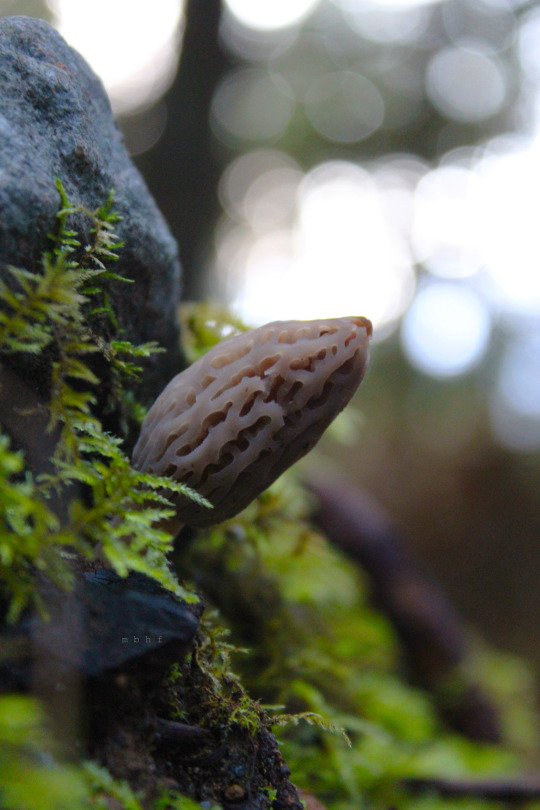
Morel Mushroom
Morchella norvegiensis
Washington, April 11 2023
Photo Mary Howerton
#morels#mushrooms#morel#fungi#nature#photography#nature photography#original photography#lensblr#photographers on tumblr#tumblr photographers#moss#forestcore#mycology#foraging#spring#aesthetic#pnw
207 notes
·
View notes
Text
Happy Mushroom Monday everyone! 🍄




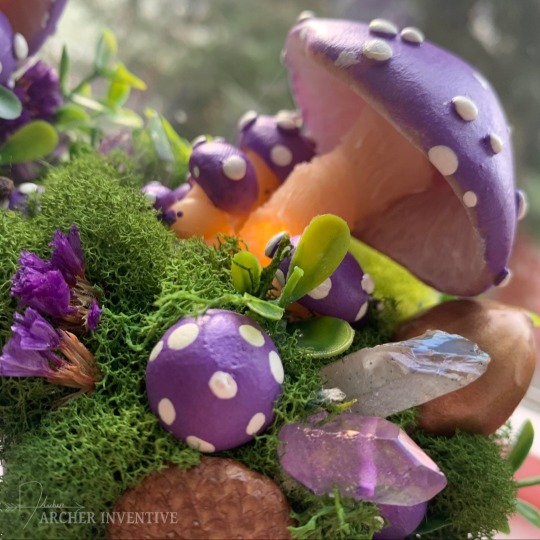

It's been a long few weeks getting orders ready for the holiday season, and there's still much work to be done, but I'm really excited to show you a few closeups of some of the new mushroom themed products now in the shop including pins, prints, sculptures and much more.
This is just a start to the mushroom madness with more on the way for 2023.
Thank you to everyone for your patience around the holiday season, for all the amazing reviews, and your kind words. I couldn't be more appreciative. So thank you all so, so much! ❤🧡💛💚💙💜
#mushrooms#mushroom pins#mushroom art#fungi#fun fungi#magic mushrooms#amanita#amanita muscaria#chanterelle#morels#ink cap#enoki#violet cort#handmade#archer inventive
745 notes
·
View notes
Photo

Musquatch - he's kind of fun guy. Ugh, yes, an illustration I made for a friend's super awesome mushroom farm. Check it out @tivolimushrooms
64 notes
·
View notes